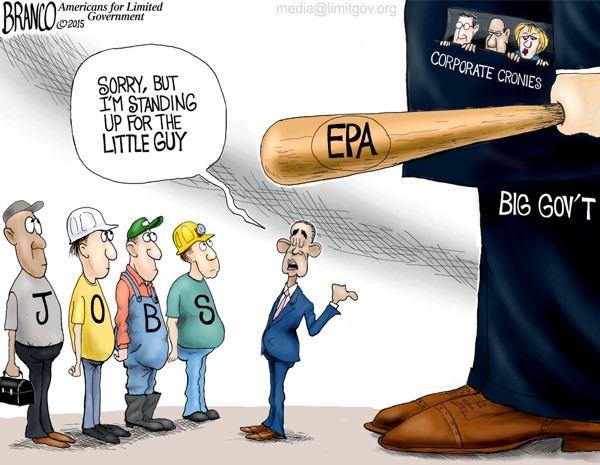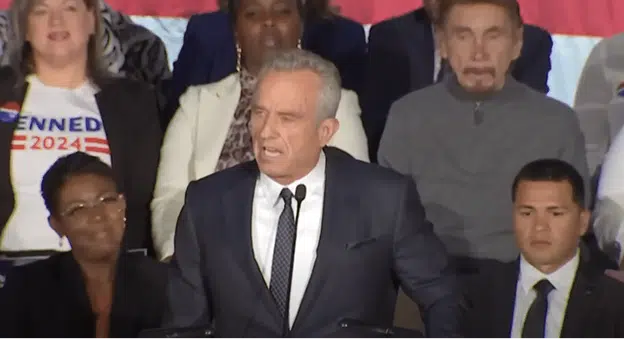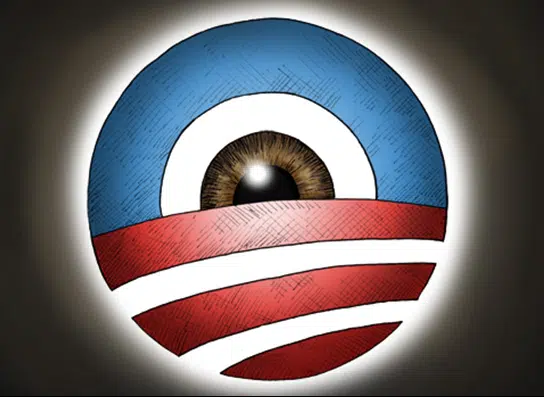By Natalia Castro
The Trump Administration is taking the first steps in officially removing the Clean Power Plan, a key point of federal overreach which the Obama Administration pushed onto states and the American people. Considering the price tag is growing and continues to harm American industries, this step is critical for reining in the Environmental Protection Agency (EPA). As EPA Administrator Scott Pruitt proudly proclaimed in Hazard, Kentucky this week, “The war on coal is over.”
It makes sense that Pruitt made this historic announcement in Hazard, Ky. The state has seen unprecedented job loss due to Obama era regulations on coal. In the last three months of 2016, the eastern portion of the state alone lost 21.6 percent of coal jobs, causing a statewide job loss of over 1,500. The Lexington Kentucky Herald-Leader of May 2017 predicts, nearly half of the total jobs in eastern Kentucky have disappeared under Obama’s EPA laws.
The Clean Air Act promoted environmental policy but was never intended to regulate carbon emissions until the ludicrous 2007 Supreme Court decision, Massachusetts v. EPA, rewrote the law. It was then the Obama EPA that took advantage by applying regulations on new and existing coal-power plants to reduce carbon emissions. The Trump Administration argues, “the agency overstepped its legal authority in seeking to force utilities to reduce carbon emissions outside their actual facilities to meet federal emissions targets.”
The Clean Power Plan was created under the authority of Section 111 of the Clean Air Act, requiring regulated entities to undertake compliance actions to meet unreasonable standards established by the EPA. Understandably, the Clean Power Plan has was challenged in court by over 150 bodies including 27 states, 24 trade associations, and 37 rural electric co-ops. Even a bipartisan group of 34 US Senators and 171 members of the House filed Amicus Briefs to the Supreme Court arguing that the Plan as illegal, revisiting the issue.
Finally, on February 9, 2016, the Supreme Court issued a stay on the Plan, immediately halting its implementation.
With the removal of this plan, administration officials estimate companies will save $33 billion by 2030. This week the administration released the plan for the rule removing the Clean Power Plan, beginning the 60-comment period in which constituents can react to the change before a final rule is developed. Administrators hope this will propel a public dialogue on the scope of the EPA.
The Trump removal of the Clean Power Plan will dramatically alter the metric for assigning a monetary value for curbing emissions, the perceived social cost of carbon, and how businesses handle their “carbon footprint” by respecting the state’s role in making these decisions.
This is a good first step. For a more permanent solution, this is a decision that must be made by Congress by clarifying that the Clean Air Act does not cover carbon emissions while respecting flexibility for states to account for local environmental conditions. The Clean Power Plan destroyed this principle by mandating states shift from affordable and reliable energy sources, such as coal and natural gas, to renewables with far less sustainability. This sidesteps Congress’s authority, which already created the Federal Energy Regulatory Commission (FERC) to monitor these energy initiatives. When environmentalists fret over Trump’s budget cuts and imposition of limitations on the EPA, they ignored the Congressional environmental safety net already established and funded to regulate energy with the assistance of states.
However, just like the Obama EPA could put this rule in place and the Trump EPA can remove the rule, the Clean Air Act, as perverted by the 2007 Supreme Court decision, will still be in place for next President to decide if reinstatement is necessary. Congress must act to remove the overreach of the federal government into state issues and private industry.
The Supreme Court and the EPA stepped on Congress’s authority to regulate under the Clean Air Act, ultimately, states’ powers to regulate themselves. As an executive agency, any EPA director could attempt to do this once again, making it Congress’s responsibility to reassert control. The Obama Administration let the EPA run wild; the Trump Administration is wise to not do the same.
Natalia Castro is a contributing editor at Americans for Limited Government.








